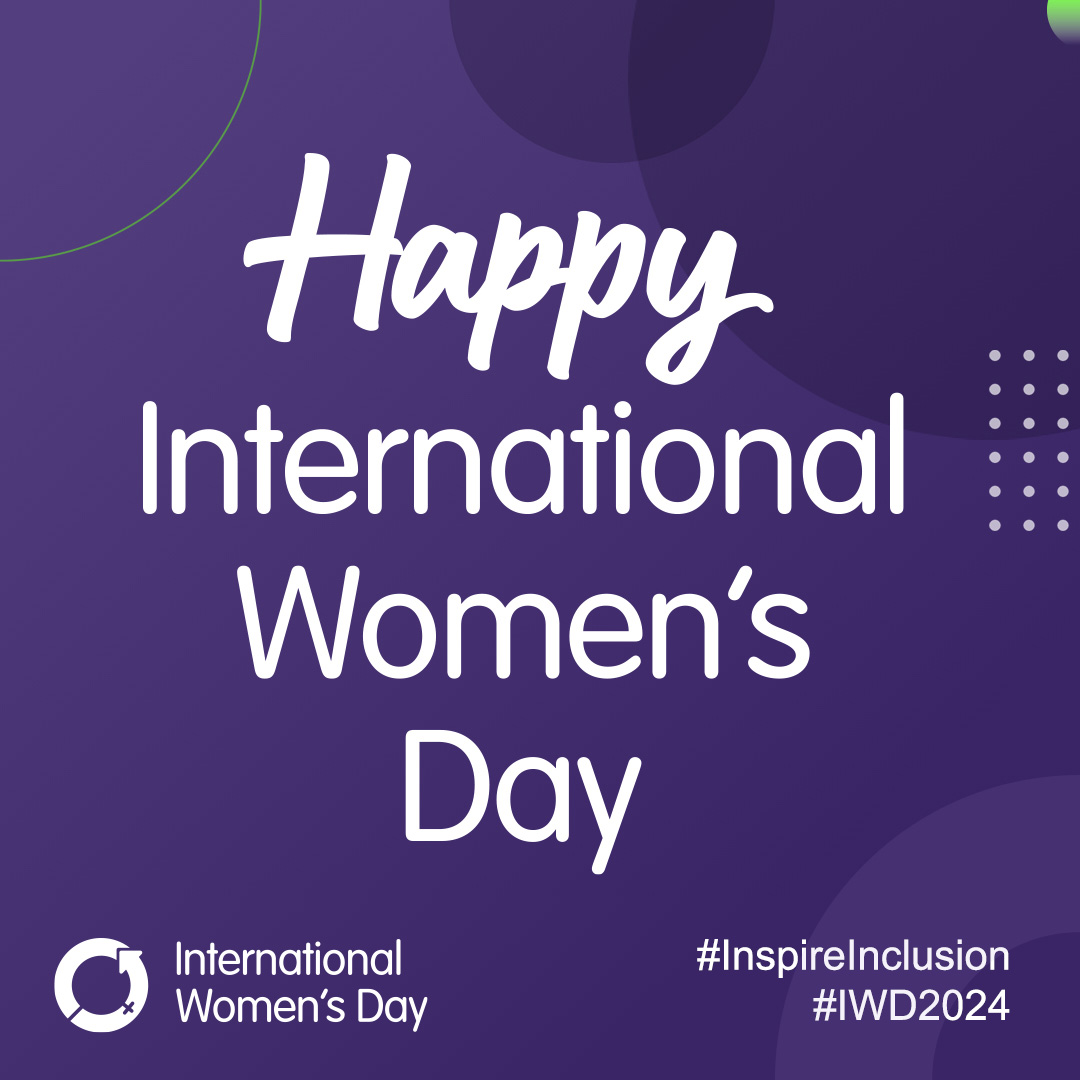Identity’s Digital Marketing Predictions For 2017
What should businesses expect from digital marketing in 2017? Brands that embrace mobile first will dominate, as will those who utilise video to tell stories. Facebook will continue to grow (and not only in social media), Snapchat will go public and Twitter will descend further down the spiral. Campaigns and smart strategy will beat old-fashioned growth metrics, and businesses that invest wisely in digital will position themselves with a massive advantage over competitors.
Here are Identity’s digital marketing predictions for 2017.
1. Brands That Think Mobile Will Win
It seems like each and every year a forward-thinking strategy to mobile is listed as essential, and 2017 is no exception. The difference this year is the tipping point has already passed – you can no longer afford to weigh user experience towards desktop. It’s mobile first – and will now always be that way.
Consider the following statistics:
- In the UK 7 out of 10 emails are first opened on a non-desktop device – that is, a smartphone or tablet
- 45% of all emails are first opened on an iPhone – that’s how dominant that platform has become
- 34% of subscribers only use mobile devices to read emails
- Globally, 80% of internet users own a smartphone
- The average person spends more time each day on their mobile device than they do their desktop
- Tablets account for the highest add-to-cart rates on ecommerce websites (8.58%)
- Mobile advertising expenditure has now surpassed desktop
- Over 50% of smartphone users grab their smartphone immediately after waking up
Brands must think mobile-first in 2017, and that doesn’t just mean a simple mobile template for your website. It’s about user experience. Not convinced? 61% of users won’t return to a website after a poor mobile experience, and 40% will visit a competitor site, instead. And those figures come directly from Google.
2. It’s All About Telling Stories (Warts ‘N All)
“Marketing is no longer about the stuff that you make, but the stories that you tell,” says Seth Godin, and he’s right. Consumers now demand to have a reason to buy from you beyond simply great products and services. They want to know what you stand for, why you do what you do, and how you do it.
And one of the best ways to accomplish this is by telling stories.
Brand storytelling will be huge in 2017, and live video on platforms such as Facebook, Snapchat and Instagram will play an integral role. Live video gives companies the opportunity to reveal something new to their community. Typically your social media outposts and website messaging displays a very polished representation of your business, but live video gives you the opportunity to humanise the brand and inject some much-needed personality. And don’t be afraid to go off-script and show the workings inside the factory – your storytelling should absolutely include process and delivery.
3. Facebook Grows From Strength To Strength
Facebook added almost 200 million new users to its platform worldwide in the first three-quarters of 2016 – including 76 million in Q3 alone – and the social network is now poised to smash through the two billion user barrier by Q2 of this year (2016 Q4 numbers are still to be reported).
But Facebook today is far more than “just” a social network. The company has invested hundreds of millions of dollars in being the first to crack artificial intelligence (battling Google and Amazon for this crown), and has already started to roll this out in its Messenger platform via the intelligent use of bots. Beyond AI, Facebook is also a major player in drones, satellite technology and virtual reality, and continues to pour a small fortune into delivering its technologies into regions that have a dominant mobile (as opposed to internet) infrastructure.
Bottom line: Facebook is already too big to fail, and as it moves forward in its 10-year plan to “connect the world”, it’s only going to get bigger still.
Brand storytelling will be huge in 2017, and live video on platforms such as Facebook, Snapchat and Instagram will play an integral role. Live video gives companies the opportunity to reveal something new to their community. Typically your social media outposts and website messaging displays a very polished representation of your business, but live video gives you the opportunity to humanise the brand and inject some much-needed personality. And don’t be afraid to go off-script and show the workings inside the factory – your storytelling should absolutely include process and delivery.
4. Campaign Strategy Trumps Awareness (And Growth)
Breathe a sigh of relief: the days of worrying about growing the number of Likes on your Facebook Page and followers of your Twitter Profile are over. Those metrics simply don’t matter anymore, and thanks to Facebook’s controversial-but-essential algorithm, and platforms such as Twitter and Instagram following suit, investing a lot of money in big shiny numbers simply does not scale. The only way to effectively reach a large audience on social media is to pay to amplify your content, and one of the ironies of having a big audience is it costs a lot more to reach them.
This year, successful brands will focus on delivering four to six standalone campaigns that will be implemented in part by the intelligent use of social media. It’s “in part” because social media cannot and never could do everything – standalone, it doesn’t deliver sales as well as other digital mediums (such as email or display) and no business should lean wholly on social for their marketing strategy. Where platforms such as Facebook do excel, however, is in awareness, audience nurturing, prospecting and re-targeting. And that’s exactly where it needs to fit within your campaigns.
5. Acquisitions, IPOs & Twitter Woes
Even as platforms such as Facebook get bigger and bigger the world of social media – and the world itself – is actually getting smaller. Indeed, every year there are fewer serious players standing alone in the space. Facebook already owns Instagram, the second biggest social network, and could look to add some other pieces to its collective pie in 2017. Microsoft acquired LinkedIn in 2016, and Google bought YouTube way back in 2006.
Which leaves Twitter, Snapchat and Pinterest as the only significant (100+ million users) social media platforms (at least in the West) that are running standalone.
So what might change there?
Snapchat will be having its IPO in March of this year at a valuation of $25 billion. Snapchat is already a very big deal amongst the 18-24 demographic but this year the platform saw growth across all age groups, and is now used by 150 million people each day. The company will need to work hard post-IPO to further expand this number and also will have to deliver a series of advertising tools to rival those offered by Facebook, simply to compete but, critically, to keep investors happy.
Pinterest is perhaps the most isolated of all the social networks. Despite boasting 100 million users the platform hasn’t grown enormously in the past year or two and continues to appeal to a very specific demographic. As a marketing tool it arguably delivers as well if not better than any of its much bigger social brethren for brands targeting that demographic, but the company will need to work to reach other audiences to truly grow and become a major player in 2017. Of these three it’s the most likely to be acquired this year, possibly by someone like Google or Amazon.
Twitter had a torrid 2016. The platform has seen almost no growth at all since Q1 2015, adding just 15 million users in that time (as a comparison, Facebook, which is already six times the size of Twitter, added almost 350 million). Brands have started to pull away from using the platform as a marketing tool, focusing instead on customer support, and its ad platform continues to be scrutinised. Twitter’s once heralded short-video platform, Vine, is closing. And most embarrassingly, Twitter actively put itself up for sale last year but despite a series of negotiations with Google, Salesforce and others, could not find a buyer, and the stock price continues to hover around all-time lows. Which leaves the company where exactly? This will be a very interesting and very difficult year for Twitter, and our prediction is that there will be major changes at the top – and a lot of exits at the bottom – over the next 6-12 months.
Conclusion
The digital marketing space will continue to evolve in 2017 and it’s now essential that brands of all sizes across every industry have a digital-forward strategy for their organisation. This includes an active presence on social media, an innovative social marketing strategy, a mobile-led website, strong video content and an email marketing funnel. Contact Identity today to learn how we can help with your digital marketing campaigns for 2017 and beyond!








